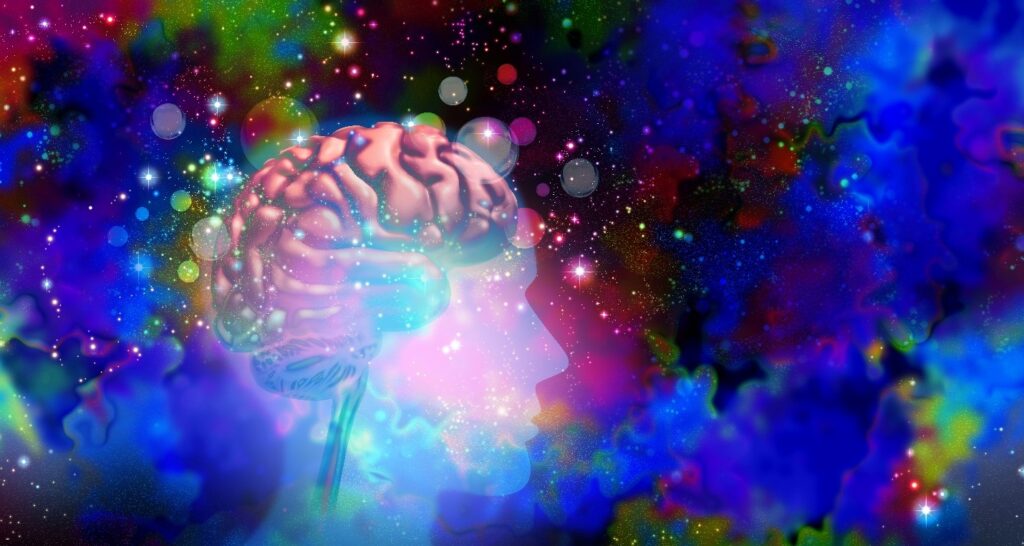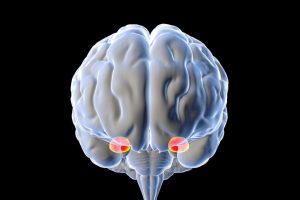As the most complex organ in the human body, the brain is of primary importance for overall human function. Yet, even though it is critical for human life, the brain is also among the most vulnerable of organs.
When negatively impacted, basic human functions can be compromised, brain health can be diminished, and the risk of further complications can be increased dramatically.

Among the many things that can negatively impact brain health, drug use is one of the most dangerous.
In what follows, we’ll be discussing the effects of specific drugs on the brain. More specifically, we’ll be talking about how certain drugs impact the brain’s neurons and neurotransmitters. Further, we’ll discuss some unique effects of certain drugs on the brain.
How Does the Brain Work?
Composed of billions of neurons, the brain is a complex organ comprising a mass of grey and white matter responsible for regulating human function.
As the basic building blocks of the brain, neurons connect logical senses with thought and conscious cognition. In the context of brain science, electrical signals travel throughout the brain’s network and synapses, with each chain reaction creating another thought of information.
This information input ultimately allows for perception, movement, and other cognitive understandings regarding the senses, including touch, smell, taste, and auditory function.
This neural communication is all possible because of chemicals known as neurotransmitters that allow these messages to be sent to other nearby neurons. When intact and healthy, neural communication is seamless, high-functioning, and cognitively adept.
These complex neural communications can, however, be blurred and negatively impacted by the processes of physical trauma of some sort or drug abuse.
Drugs and the Brain
When a drug is taken, it immediately acts on and binds to brain receptors, either stimulating (i.e., exciting) or suppressing (i.e., inhibiting) neurons. When a drug binds to one receptor type or the other, messages are sent that determine how the brain reacts next.
Each drug and its chemistry works differently, thus impacting the brain differently depending on how it binds to receptors. Whether marijuana, heroin, cocaine, or methamphetamine, abnormal messages will be sent through the brain’s network, altering brain function.
The most common areas of the brain that are affected by drugs include the basal ganglia, which play roles in pleasure and habit; the amygdala, which plays roles in stress management; and the prefrontal cortex, which plays a role in emotion, thought, decision-making, and problem-solving.

The result of drug use doesn’t end at the initial brain response. Instead, several short, medium, and long-term effects are likely to occur, from withdrawal symptoms, addiction that leads to tolerance, and several other developing conditions such as psychosis, memory loss, loss of consciousness and risk of subsequent death.
Drugs and Their Impact
There are several classes of drugs, from narcotics and stimulants to depressants, hallucinogens, and steroids, each with distinguishable chemical properties, addictive features, and reactions.
All classes of drugs have the potential to dramatically negatively impact a brain’s neurochemistry while also having residual impacts on the nervous system and other biological systems throughout the body.
These effects on the brain are only exacerbated when abuse and addiction are introduced into the picture. The following is a detail into each class of drug and its effects on the brain.
Marijuana
Otherwise referred to as cannabis, marijuana is a mind-alternating plant that, when abused, can cause brain cell damage and other negative residual effects. Some of these negative effects include distorted memory, distorted perception of reality, and difficulty in problem-solving.
Narcotics
Otherwise known as opioids, inclusive of fentanyl, opium, oxycodone, and heroin, narcotics are drugs primarily used for pain suppression. Addiction can easily occur with this medication due to the euphoria that occurs and the subsequent need for increased drug dosages to achieve the desired effect.
Narcotics can negatively affect mood, concentration and focus, and apathy when psychological dependence occurs.
Stimulants
This category of drugs includes amphetamines and cocaine. Stimulants improve self-esteem and performance and provide a sense of exhilaration.
The possible negative effects of stimulants on the brain include psychosis, paranoia, and depression.
Brain imaging studies have shown that those addicted to cocaine experience less brain activity, particularly in the prefrontal cortex, which is the area responsible for decision-making.
Cocaine affects natural dopamine levels and impacts the way in which individuals learn, remember, feel pleasure, and experience rewards. While these dopamine levels in normal circumstances would act as a positive motivation mechanism, cocaine use can reinforce negative motivations, impacting an addict’s social and professional life.

Hallucinogens
Hallucinogens include ecstasy, ketamine, LSD, and psilocybin. These drugs are a group of drugs or substances that cause disruption of the brain’s chemistry and lead to alterations of mood and perception of reality.
Although some hallucinogens may have some role in medical treatment, when abused, hallucinogens can have the negative effects of psychosis and cognitive distortion.
Final Thoughts
The recreational use of drugs, such as sedatives, hallucinogens, and stimulants can have dramatic negative impacts on the brain’s ability to function and its long-term health overall.
